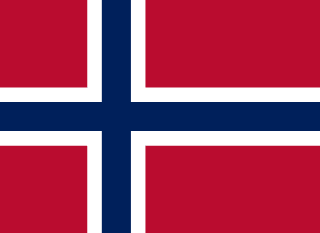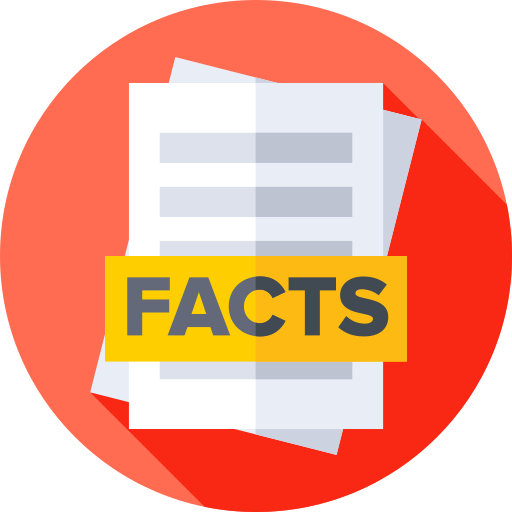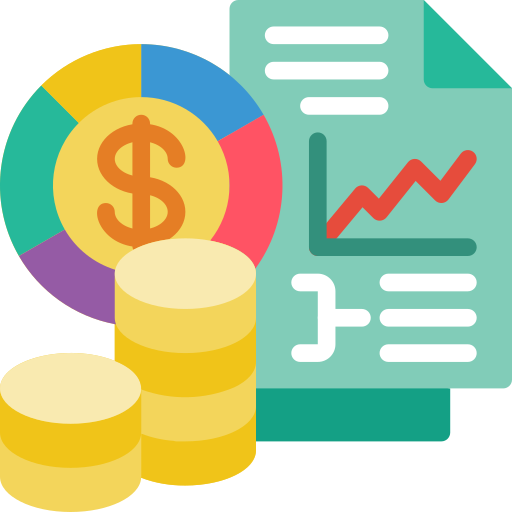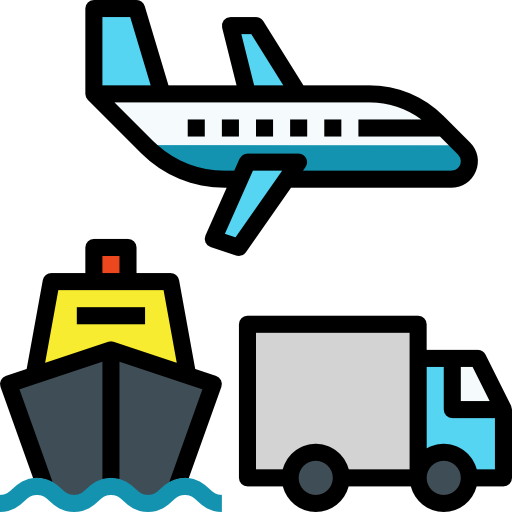Norway - Economy

How is the economy of Norway? Based on the information we have, Norway has a
high-income, non-EU economy with trade links via European Economic Area (EEA); key role in European energy security as leader in oil, gas, and electricity exports; major fishing, forestry, and oil(?) extraction industries; oil sovereign fund supports generous welfare system; low unemployment; inflation moderating but remains above target level
. Key agricultural products in this country include: milk, barley, potatoes, oats, wheat, pork, chicken, beef, eggs, carrots/turnips (2023).More about the economy of Norway
| Labor force | 3.042 million (2024 est.) |
|---|---|
| Industrial production growth rate | 2.4% (2024 est.) |
| Industries | petroleum and gas, shipping, fishing, aquaculture, food processing, shipbuilding, pulp and paper products, metals, chemicals, timber, mining, textiles |
| Population below poverty line | 12.2% (2021 est.) |
| Taxes and other revenues | 27.1% (of GDP) (2023 est.) |
| Fiscal year | |
| Exchange rates | |
| Currency | Norwegian kroner (NOK) per US dollar - |
| Exchange rates 2024 | 10.746 (2024 est.) |
| Exchange rates 2023 | 10.563 (2023 est.) |
| Exchange rates 2022 | 9.614 (2022 est.) |
| Exchange rates 2021 | 8.59 (2021 est.) |
| Exchange rates 2020 | 9.416 (2020 est.) |
| Reserves of foreign exchange and gold | |
| Reserves of foreign exchange and gold 2024 | $81.242 billion (2024 est.) |
| Reserves of foreign exchange and gold 2023 | $80.459 billion (2023 est.) |
| Reserves of foreign exchange and gold 2022 | $72.077 billion (2022 est.) |
| Current account balance | |
| Current account balance 2024 | $82.511 billion (2024 est.) |
| Current account balance 2023 | $84.104 billion (2023 est.) |
| Current account balance 2022 | $170.714 billion (2022 est.) |
| Public debt | |
| Public debt 2017 | 36.5% of GDP (2017 est.) |
| Budget | |
| Revenues | $261.945 billion (2023 est.) |
| Expenditures | $178.156 billion (2023 est.) |
| Budget surplus (+) or deficit (-) | |
| Remittances | |
| Remittances 2024 | 0.1% of GDP (2024 est.) |
| Remittances 2023 | 0.1% of GDP (2023 est.) |
| Remittances 2022 | 0.1% of GDP (2022 est.) |
| Household income | |
| Lowest 10% | 3.5% (2022 est.) |
| Highest 10% | 22% (2022 est.) |
| Average household expenditures | |
| On food | 11.7% of household expenditures (2023 est.) |
| On alcohol and tobacco | 3.9% of household expenditures (2023 est.) |
| Imports | |
| Imports 2024 | $162.467 billion (2024 est.) |
| Imports 2023 | $156.11 billion (2023 est.) |
| Imports 2022 | $160.649 billion (2022 est.) |
| Imports (partners) | Sweden 11%, Germany 11%, China 11%, USA 7%, Netherlands 5% (2023) |
| Comodities Imports force | cars, refined petroleum, ships, nickel, garments (2023) |
| Exports | |
| Imports 2024 | $162.467 billion (2024 est.) |
| Imports 2023 | $156.11 billion (2023 est.) |
| Imports 2022 | $160.649 billion (2022 est.) |
| Exports (partners) | Germany 18%, UK 17%, Sweden 9%, Denmark 7%, Netherlands 6% (2023) |
| Comodities Exports force | natural gas, crude petroleum, fish, refined petroleum, aluminum (2023) |
| Real GDP (purchasing power parity) | |
| Real GDP (purchasing power parity) 2024 | $507.68 billion (2024 est.) |
| Real GDP (purchasing power parity) 2023 | $497.236 billion (2023 est.) |
| Real GDP (purchasing power parity) 2022 | $496.877 billion (2022 est.) |
| GDP (official exchange rate) | $483.727 billion (2024 est.) |
| Real GDP Per capita | |
| Real GDP per capita 2024 | $91,100 (2024 est.) |
| Real GDP per capita 2023 | $90,100 (2023 est.) |
| Real GDP per capita 2022 | $91,100 (2022 est.) |
| GDP - composition, by sector of origin | |
| Agriculture | 2% (2024 est.) |
| Industry | 37% (2024 est.) |
| Services | 51.8% (2024 est.) |
| GDP - composition, by end use | |
| Household consumption | 37.7% (2023 est.) |
| Government consumption | 22% (2023 est.) |
| Investment in fixed capital | 21.7% (2023 est.) |
| Investment in inventories | 2.6% (2023 est.) |
| Exports of goods and services | 47.9% (2023 est.) |
| Imports of goods and services | -32.5% (2023 est.) |
| Unemployment rate | |
| Unemployment rate 2024 | 4% (2024 est.) |
| Unemployment rate 2023 | 3.6% (2023 est.) |
| Unemployment rate 2022 | 3.3% (2022 est.) |
| Youth unemployment rate (ages 15-24) | |
| Total | 11.6% (2024 est.) |
| Male | 12.3% (2024 est.) |
| Female | 10.8% (2024 est.) |
All Important Facts about Norway
Want to know more about Norway? Check all different factbooks for Norway below.









